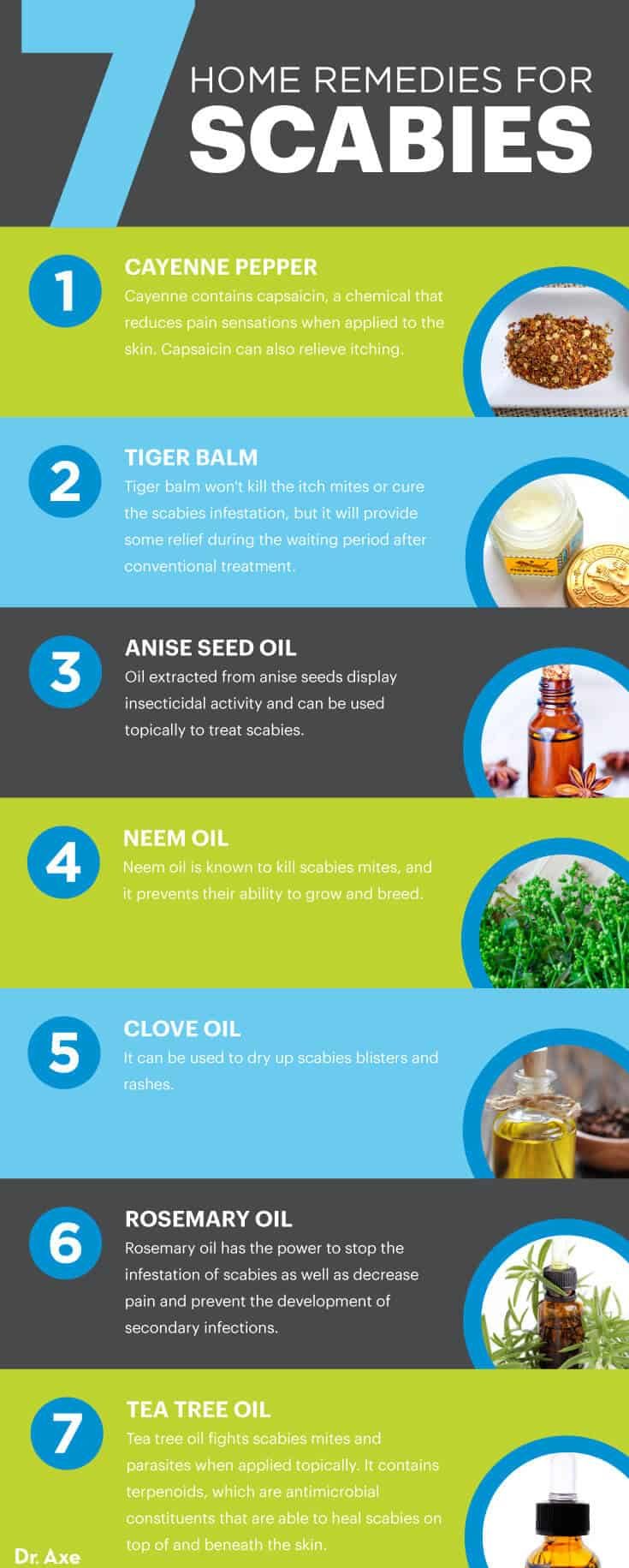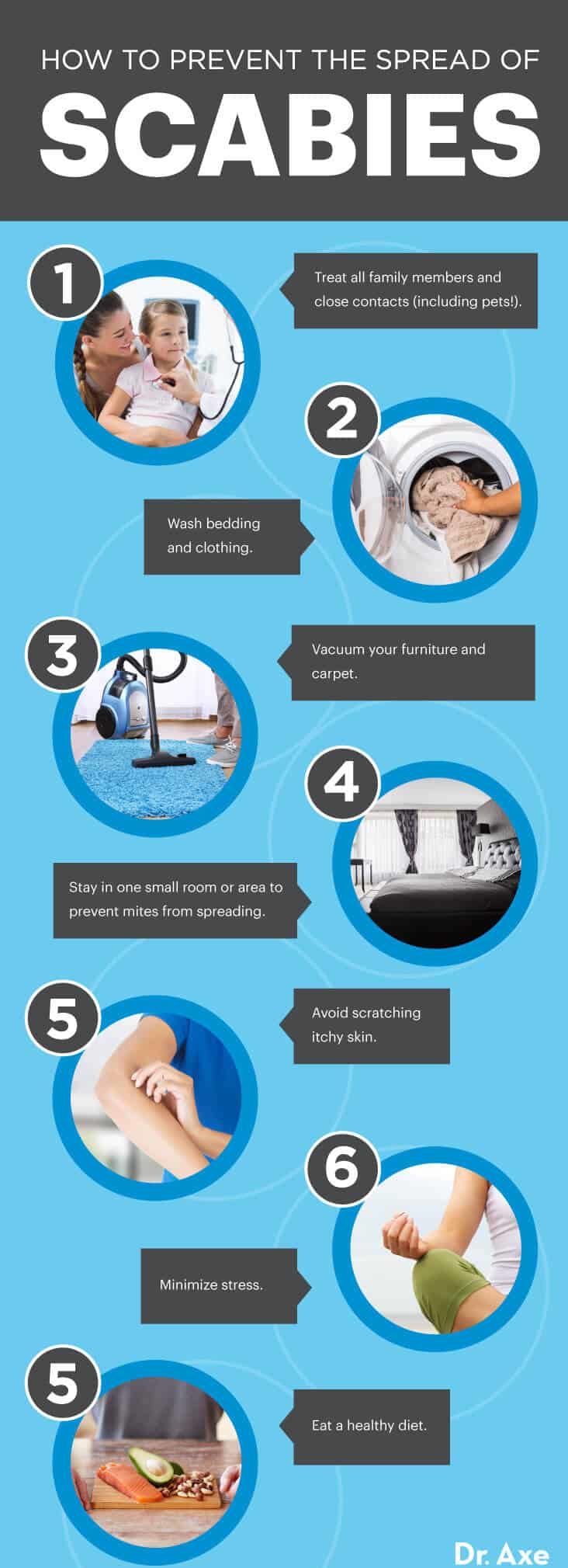This Dr. Axe content is medically reviewed or fact checked to ensure factually accurate information.
With strict editorial sourcing guidelines, we only link to academic research institutions, reputable media sites and, when research is available, medically peer-reviewed studies. Note that the numbers in parentheses (1, 2, etc.) are clickable links to these studies.
The information in our articles is NOT intended to replace a one-on-one relationship with a qualified health care professional and is not intended as medical advice.
This article is based on scientific evidence, written by experts and fact checked by our trained editorial staff. Note that the numbers in parentheses (1, 2, etc.) are clickable links to medically peer-reviewed studies.
Our team includes licensed nutritionists and dietitians, certified health education specialists, as well as certified strength and conditioning specialists, personal trainers and corrective exercise specialists. Our team aims to be not only thorough with its research, but also objective and unbiased.
The information in our articles is NOT intended to replace a one-on-one relationship with a qualified health care professional and is not intended as medical advice.
Scabies: 7 Natural Treatments That Work Fast
June 26, 2023

Relentless itching, skin rashes, redness and blisters — these are the not-so-fun symptoms of scabies, a contagious skin disease caused by an infestation of the itch mite, Sarcoptes scabiei.
It’s estimated that more than 400 million scabies cases occur each year throughout the world! It’s spread through personal contact by relatives, sexual partners, schoolchildren, chronically ill patients and crowded communities.
Outside of the U.S., scabies is even a significant cause of morbidity.
If you’ve ever had scabies, you know just how annoying and disgusting they can be. The good news is there are home remedies for scabies and rash natural remedies that are not only effective, but help your entire skin health.
Let’s explore the symptoms and causes of scabies, along with the best natural treatments for this uncomfortable condition.
What Is Scabies?
Because it can easily spread from person to person, scabies has caused epidemics in hospitals, nursing homes and residential facilities. It has even become commonplace among the homeless, who often live and sleep in tight quarters.
According to a review published in Emerging Infectious Diseases, the reported prevalence of scabies among the homeless varies from 3.8 percent in shelter-based investigations to 56 percent among hospitalized homeless persons.
The scabies itch mites are tiny eight-legged female parasites that are just 1/3 millimeter long. They burrow into the skin and cause severe itching, worsening over night.
When beneath the surface of the skin, they produce a tunnel and begin to deposit eggs. Then the eggs hatch, and the mite larvae work their way to the surface of the skin.
This can be dangerous because the larvae begin to mature and spread to other areas of your body.
Then skin begins to itch because the body has an allergic reaction to the mites, their eggs and their waste. Scabies mites can only be seen crawling on the surface of the skin or on clothes and furniture with a magnifying glass or microscope, which can make diagnosis difficult.
There are medicated creams and oral scabies treatments that are proven to be effective — like this homemade turmeric antiseptic scabies cream. Sometimes the first treatment doesn’t work, and in the meantime, the mites continue to spread within the body and at home. Follow-up treatments are necessary, and informing close contacts is crucial to prevent the spread of infestation.
Natural remedies, such as cayenne pepper and tea tree oil, are proven to reduce pain and help eliminate a scabies infestation. In addition, there are also some important guidelines to prevent further infestation and keep your immune system functioning properly.
Scabies Symptoms
From the time of infestation, it takes about four to six weeks for scabies symptoms to develop, especially if you have never had scabies before. The most common scabies symptom is a skin rash with small red bumps and blisters that only affect specific areas of the body.
The itch mites actually feed on dissolved tissues, not blood, and the most common areas of distribution are the finger webs, wrists, underarms, abdomen, buttocks and groin. In infants and children, the most common sites of infection include the scalp, face, neck, palms of the hands and soles of the feet.
You may notice tiny red burrows on the skin and severe itching in that area. The need to itch may lead to frequent scratching, which increases the chances of developing a secondary skin infection.
It’s important that you contact your health care provider as soon you notice these sings and symptoms of scabies. Although many skin conditions are associated with itching and small bumps on the skin, including dermatitis and eczema, your doctor can help determine the exact diagnoses and begin treatment right away.
Causes
Direct skin-to-skin contact between 15–20 minutes is needed to transfer the scabies mites from one person to another. In fact, sexual contact is the most common form of transmission, which is why scabies has come to be considered a sexually transmitted disease. However, not all cases are transferred sexually.
According to a 2009 study published in Dermatologic Therapy, some other common predisposing factors of scabies contraction include:
- overcrowding
- immigration
- poor hygiene
- poor nutritional status
- homelessness
- dementia
Natural Treatments
1. Cayenne Pepper
Cayenne pepper benefits those with scabies because it can be used to alleviate pain associated with scabies. Cayenne contains capsaicin, a chemical that reduces pain sensations when applied to the skin.
Capsaicin can also relieve itching by desensitizing neurons in the skin. However, one study found that it can cause a burning sensation that 30 percent of patients experience when using capsaicin topically.
There are even claims that applying cayenne pepper to the skin can kill scabies mites. There are no studies to back up these claims, but many people dealing with scabies have attested to cayenne’s ability to kill parasites when applied topically.
One way to use cayenne is to add one cup to hot bathwater, sit in the bath until the water gets cold and then rinse your body. Make sure that the cayenne does not get into your eyes, as it may burn or sting.
You can also create a paste with cayenne and one to two drops of water. Apply the paste to visible burrows beneath the surface of the skin.
2. Tiger Balm
Tiger balm is a topical cream used to reduce inflammation and provide relief from muscle aches and pain. It works as an analgesic agent because it contains camphor and clove oil.
Tiger balm won’t kill the itch mites or cure the scabies infestation, but it will provide some relief during the waiting period after conventional treatment.
3. Anise Seed Oil
According to a scientific review published in “Herbal Medicine: Biomolecular and Clinical Aspects. 2nd Edition,” oil extracted from anise seeds display insecticidal activity. It can be used topically to treat scabies as well as head lice.
It’s not recommended that women who are pregnant use anise oil, however, the book recommends.

4. Neem Oil
Neem oil is known to kill scabies mites, and it prevents their ability to grow and breed. Neem also numbs pain and relieves itching, making it perfect to treat scabies symptoms as well.
A study conducted in India evaluated 814 patients with scabies who used a paste made from neem oil and turmeric for treatment. A cure was obtained within three to 15 days in 97 percent of the cases — plus, no toxic or adverse reactions were observed.
Researchers say that this is a safe and effective alternative treatment that is also cheap and easily available, which can be especially important when treating villagers or communities in developing countries.
5. Clove Oil
Clove oil has analgesic, antimicrobial and anti-inflammatory properties. It can be used to dry up scabies blisters and rashes.
A 2010 study tested clove oil’s ability to treat scabies mites harvested from pigs and rabbits. Results of bioassays showed that clove oil was highly toxic against scabies mites, killing mites within an hour of contact.
A major component of clove oil, called eugenol, demonstrated levels of toxicity comparable to benzyl benzoate.
Combine 10 drops of clove oil with one teaspoon of honey and one teaspoon of coconut oil for skin relief. Rub it onto the area of concern twice daily.
6. Rosemary Oil
Rosemary oil uses and benefits include the potential power to stop the infestation of scabies. Rosemary oil also decreases pain and prevents the development of secondary infections.
A study conducted at Northeast Forestry University in China found that, when combined, rosemary and clove possess significant antimicrobial activity, which could help treat scabies symptoms.
7. Tea Tree Oil
Tea tree oil fights scabies mites and parasites when applied topically. It contains terpenoids, which are antimicrobial constituents that are able to heal scabies on top of and beneath the skin.
A study published in Archives of Dermatology found that tea tree oil, with the main active component being oxygenated terpenoids, has a potential role as a new topical treatment for scabies. The tea tree oil treatment was highly effective in reducing mite survival times when tested on a 20-year-old woman with crusted scabies.
Within three hours of collection, the scabies mites were placed in continuous direct contact with the tea tree oil product, and they began to die within five minutes.
An article published in Future Microbiology even suggests that tea tree oil may serve as an alternative therapeutic option, which is needed now more than ever because of emerging drug resistance to oral ivermectin and permethrin and the raise of concern regarding the future control of scabies, especially in severe cases and endemic areas where repeated community treatment programs are in place.
Many essential oils appear to help with scabies, and tea tree is certainly the one that’s been proven most effective in several studies.
Conventional Treatment
Scabies therapy first involves making the correct diagnosis. Scabies is typically diagnosed after the identification of a burrow, but it’s argued that any patient with a pruritic dermatoses (an itching skin condition) should be tested for a scabies infestation.
Definite diagnosis relies on microscopic identification of the mites, eggs or fecal pellets — 10 percent potassium hydroxide, ink enhancement, tetracycline fluorescence tests or mineral oils are used to illuminate or define the mites when being observed for diagnosis.
Medications:
Permethrin — 5 percent permethrin is known as the “gold standard therapy” for treating scabies. It’s a topical cream or lotion that’s applied from jawline to toes overnight for seven days.
It’s said to provide a greater margin of tolerability because of its low inherent toxicity and low percutaneous (inner organs and tissue) absorption. Some side effects from permethrin include mild skin irritation and burning.
Ivermectin — This is a more recently developed treatment for scabies. It’s known as an effective oral alternative that has been useful in crusted scabies, patients who are bed-ridden and in institutional outbreaks.
The single oral dose of ivermectin, 200 micrograms per kilogram of body weight, is a well-tolerated and very effective treatment. However, there are some side effects, including headaches, dizziness, muscle pain, nausea and diarrhea. Ivermectin is valued for its use as a simple treatment for close contacts who may not even show signs of scabies infestation.
A 2013 study published in Current Opinion in Infectious Diseases discussed the case reports of drug resistance in human settings when ivermectin was used for mass drug administration for institutional and community settings. This can be problematic when therapies suitable for use in interventions to control community outbreaks are needed.
Although several studies note that these medications are proven to be effective therapeutics, treatment failures still occur. This is due to application error, failure to treat the face or scalp, forgetting to treat all close contacts, and failure to reapply medication when needed.
The medications may also leave behind fomites and continue to grow and spread. This is why patients should be followed for at least four weeks to confirm that the infestation is cured.
It’s important that hygienic measures are taken after treatment — all clothes and bedding must be washed, and furniture must be vacuumed thoroughly.
Close contacts must also be treated, even if they don’t show symptoms. This is especially important in scabies cases resulting from close physical or sexual contact that lasted at least 15 minutes.
Precautions to Take When You Have Scabies
1. Treat All Family Members and Close Contacts
Most scabies recurrences are because of reinfection from untreated contacts. It’s so important that your loved ones receive scabies treatment, too, and don’t forget about your pets!
Although cats and dogs are affected by their own distinct species of mites, they can still contract human scabies, which causes a temporary skin reaction and keeps the mites in your home. Contact your veterinarian about pet treatments for scabies.
2. Wash Bedding and Clothing
Immediately wash the bedding and clothes that you used or wore since the time of contracting scabies. If you aren’t sure of the exact time, then be safe and wash all of your worn clothes and bedsheets.
The laundry cycle alone may not kill the mites, so make sure your drier is on the hottest setting possible.
3. Vacuum Furniture and Carpet
After vacuuming the furniture and carpet at home, make sure to throw away the vacuum bag because it may contain mites. Using a steam cleaner with borax powder can be even more effective.
4. Stay in One Small Room or Area
The less you touch, the less you have to disinfect after the scabies has been treated. Do your best to keep your home and environment scabies-free by limiting your exposure to furniture, materials and people.
If you can’t wash your clothing or towels right away, put them in a tied plastic bag. Scabies mites cannot survive off of the body for longer than three days.
5. Avoid Scratching Itchy Skin
Scratching your itchy skin does not actually provide relief because the problem is still there. In fact, scratching the infested area only makes matters worse because it can spread the mites across your body and increase your risk of a secondary skin infection.
6. Try to Minimize Stress
Stress can increase the severity of itchiness, which will lead to scratching and the possibility of skin infections. For this reason, it is important to minimize stress.
Try stress relievers, such as relaxing exercises like yoga or taking a long walk. Read a chapter or passage from your favorite book, or practice meditation.
Dealing with a scabies infestation can be difficult to handle emotionally and mentally, but try your best to stay positive — there are cures, but it takes some time.
7. Eat a Healthy Diet
When dealing with scabies, it’s important that your body’s immune system is ready to work hard. Sticking to detoxifying and anti-inflammatory foods is beneficial as you rid the body of these harmful mites and deal with the side effects of medications.
Anti-inflammatory foods also help to relieve swelling, itching and discomfort. Some of the best foods to add into your diet include:
- leafy greens
- beets
- walnuts
- blueberries
- salmon
- coconut oil
- bone broth

Conclusion
- More than 400 million deal with scabies each year, so it’s a common, uncomfortable problem. However, there are steps you can take to treat and prevent the spread of this disease.
- You can use cayenne pepper, tiger balm, anise seed, as well as neem, clove, rosemary and tea tree oils, to treat scabies, but you’re not done if one of these seven home remedies for scabies works. You still need to make sure the skin condition doesn’t spread and the mites are killed.
- If you follow the seven steps above following treatment — treat close contacts, washing bedding and clothing, vacuum furniture and carpet, stay in one area, avoid scratching, minimize stress, and eat a healthy diet — you can get rid of scabies completely.











